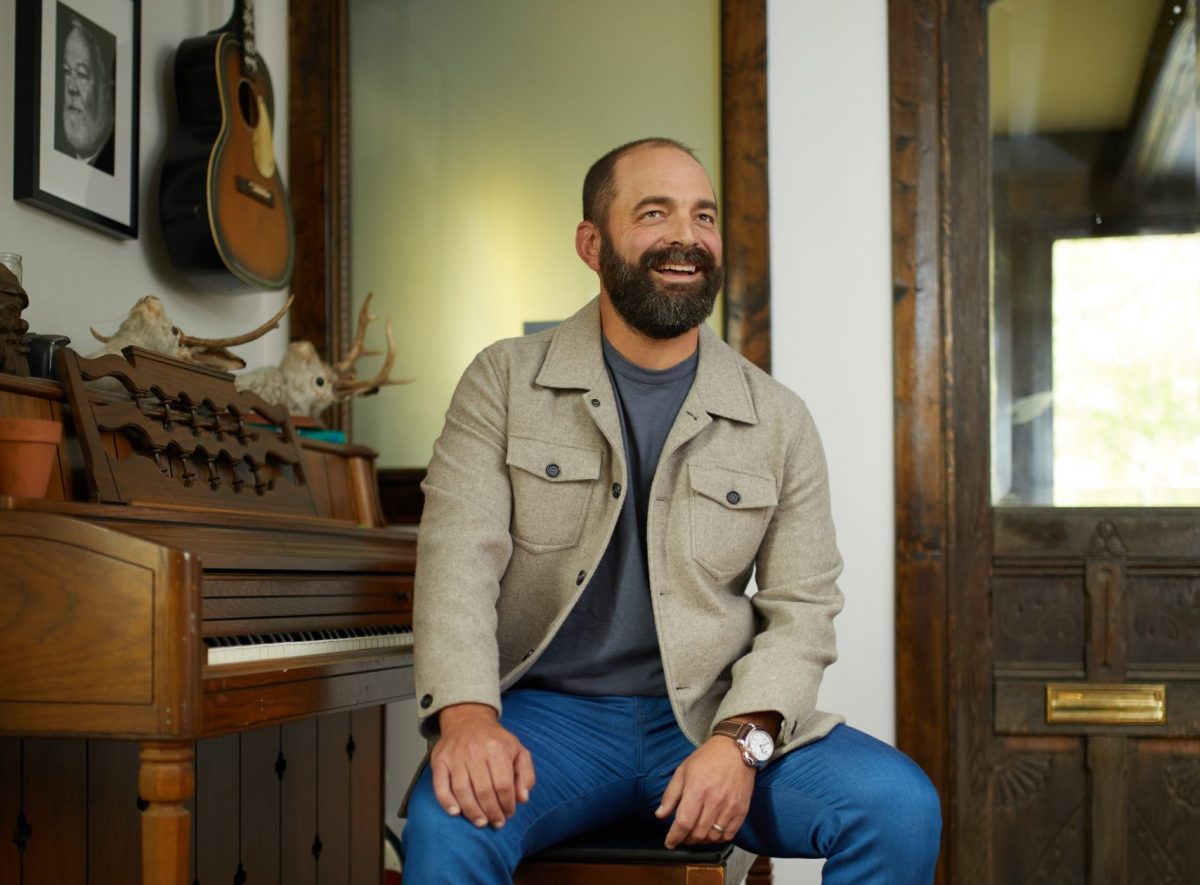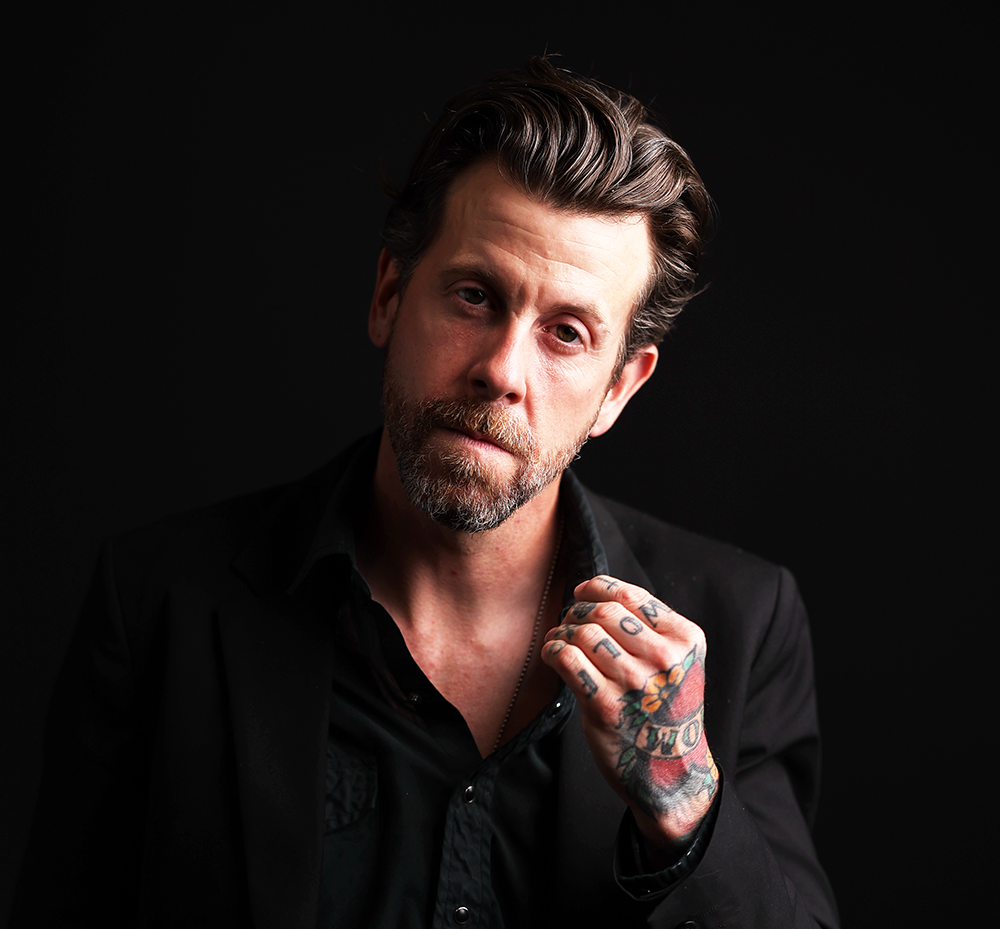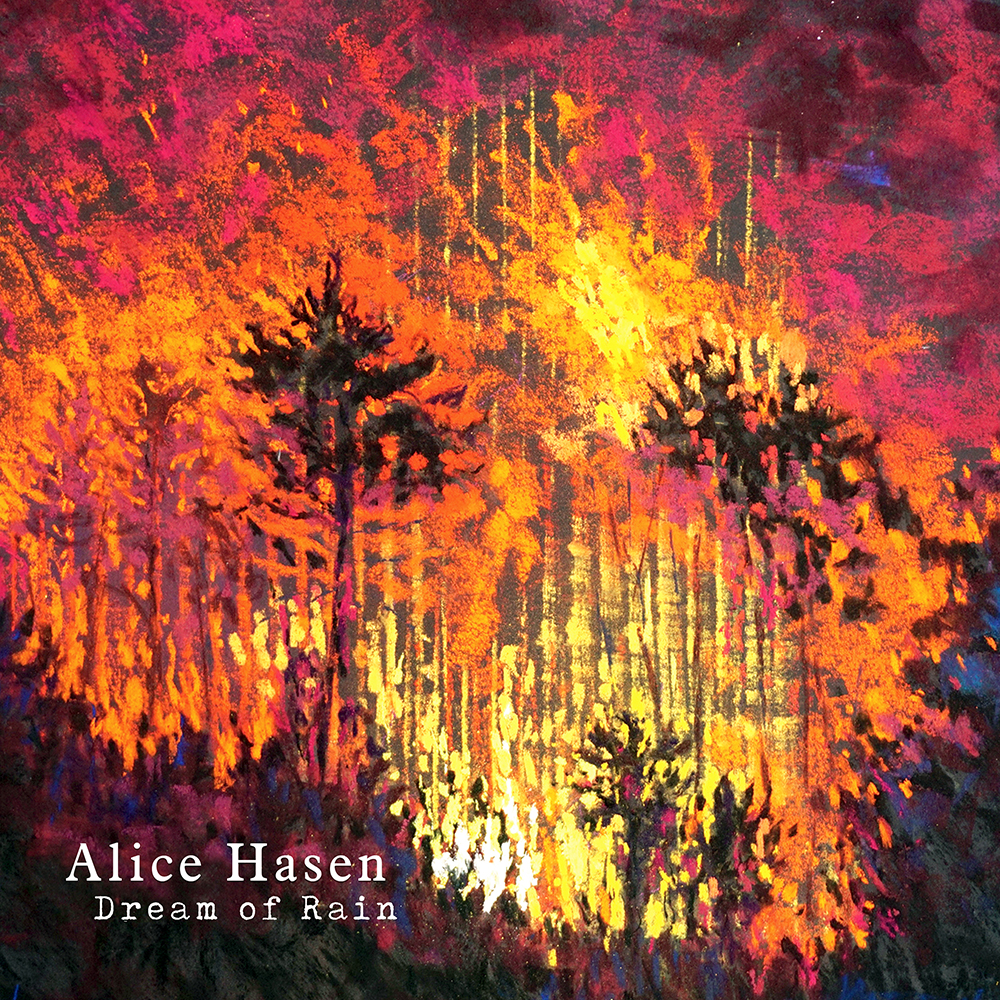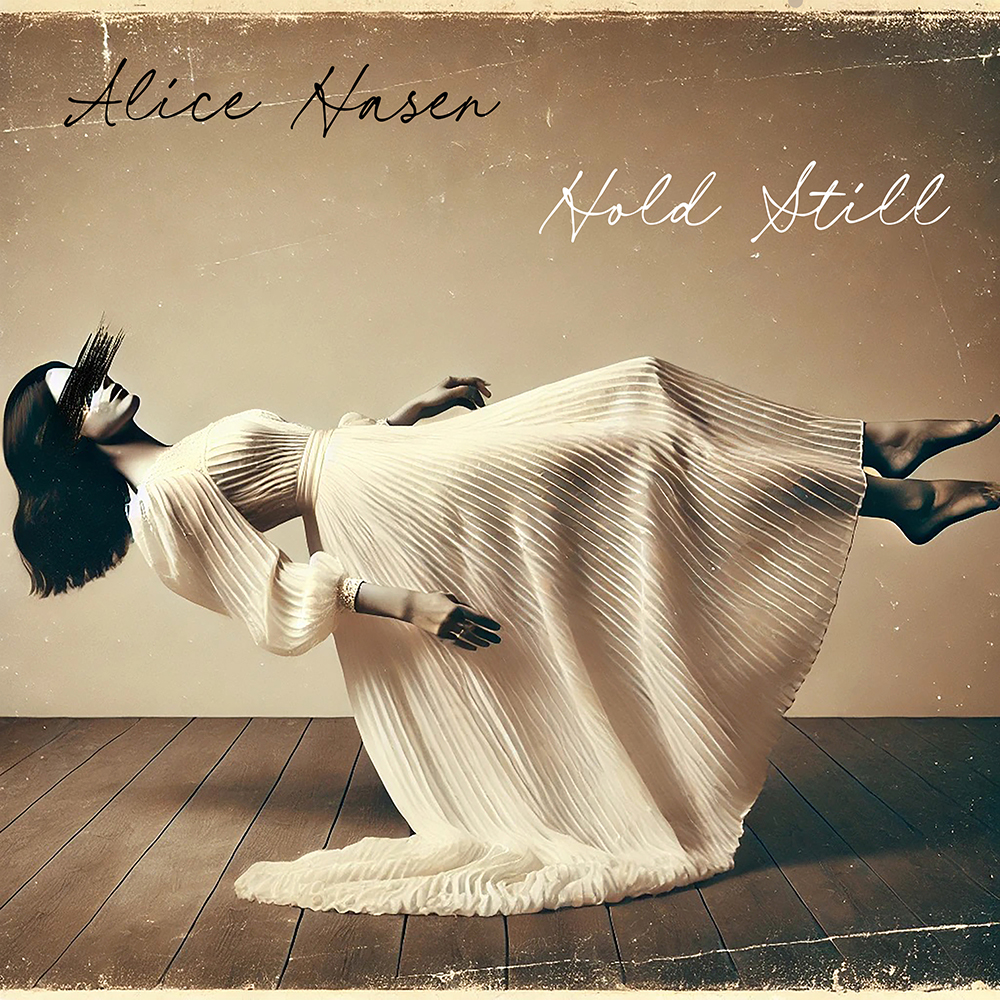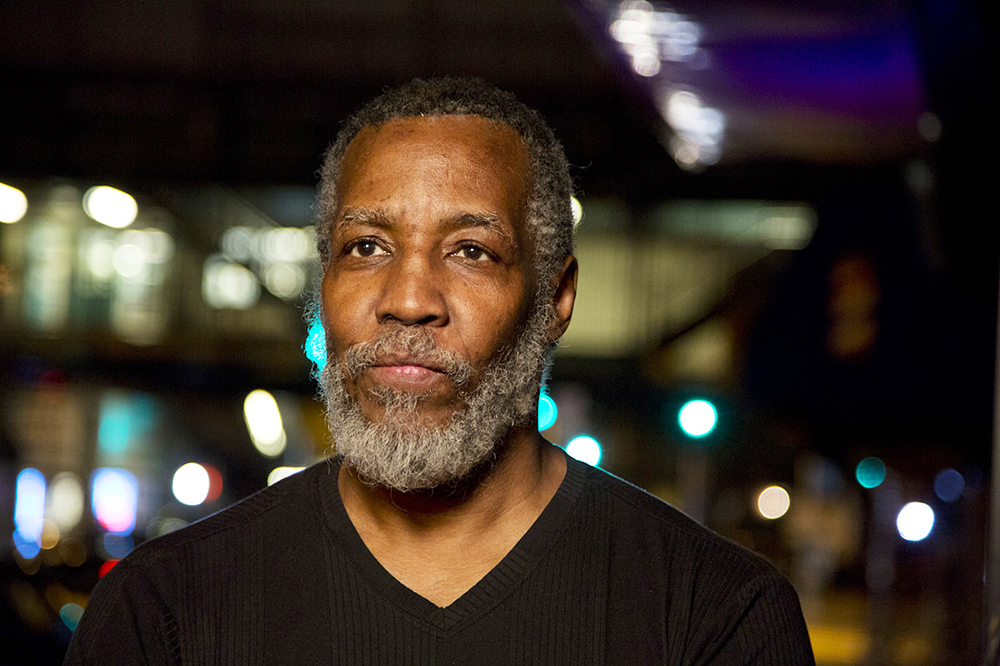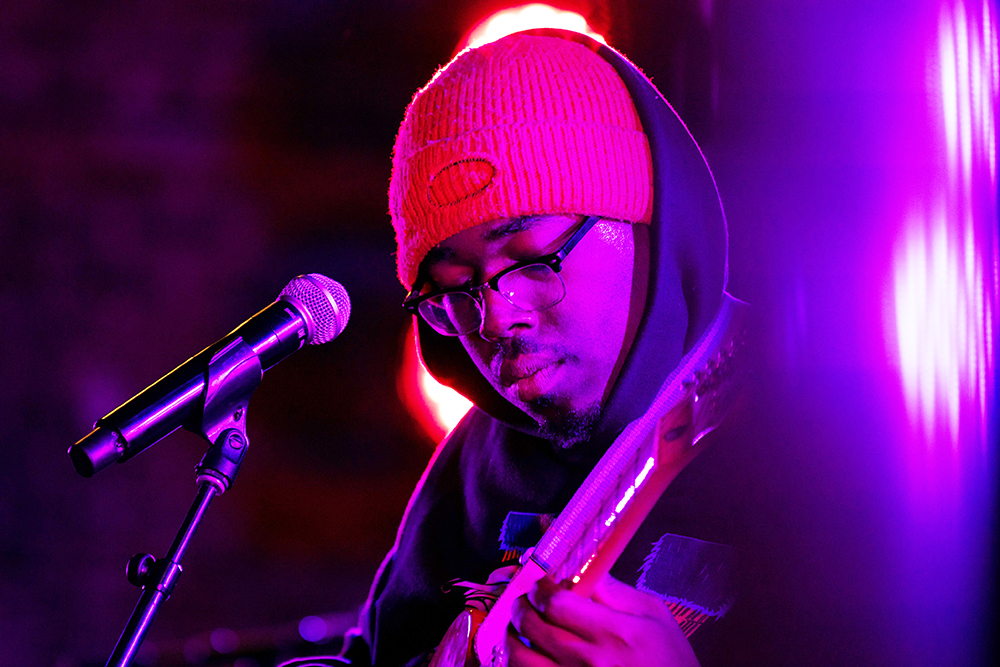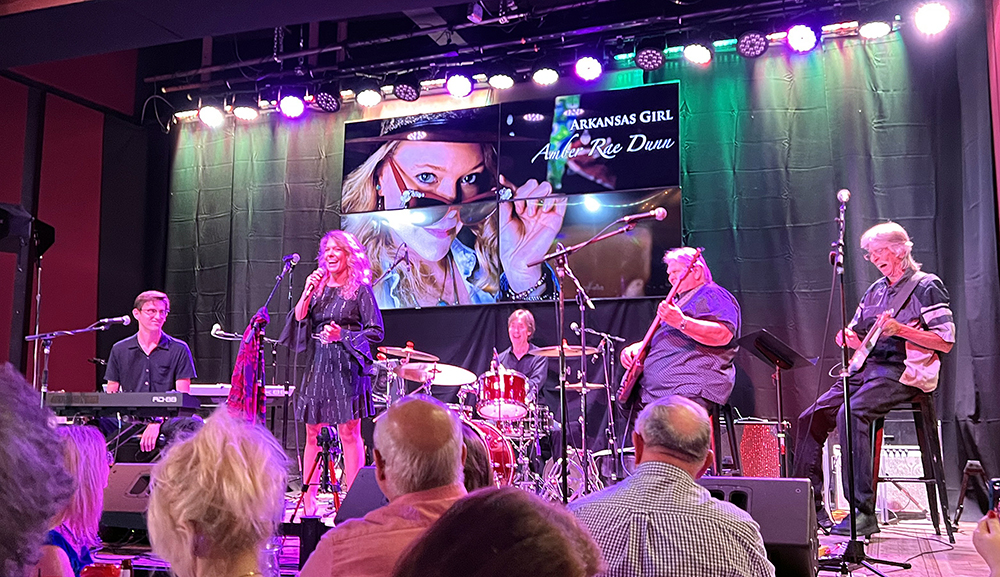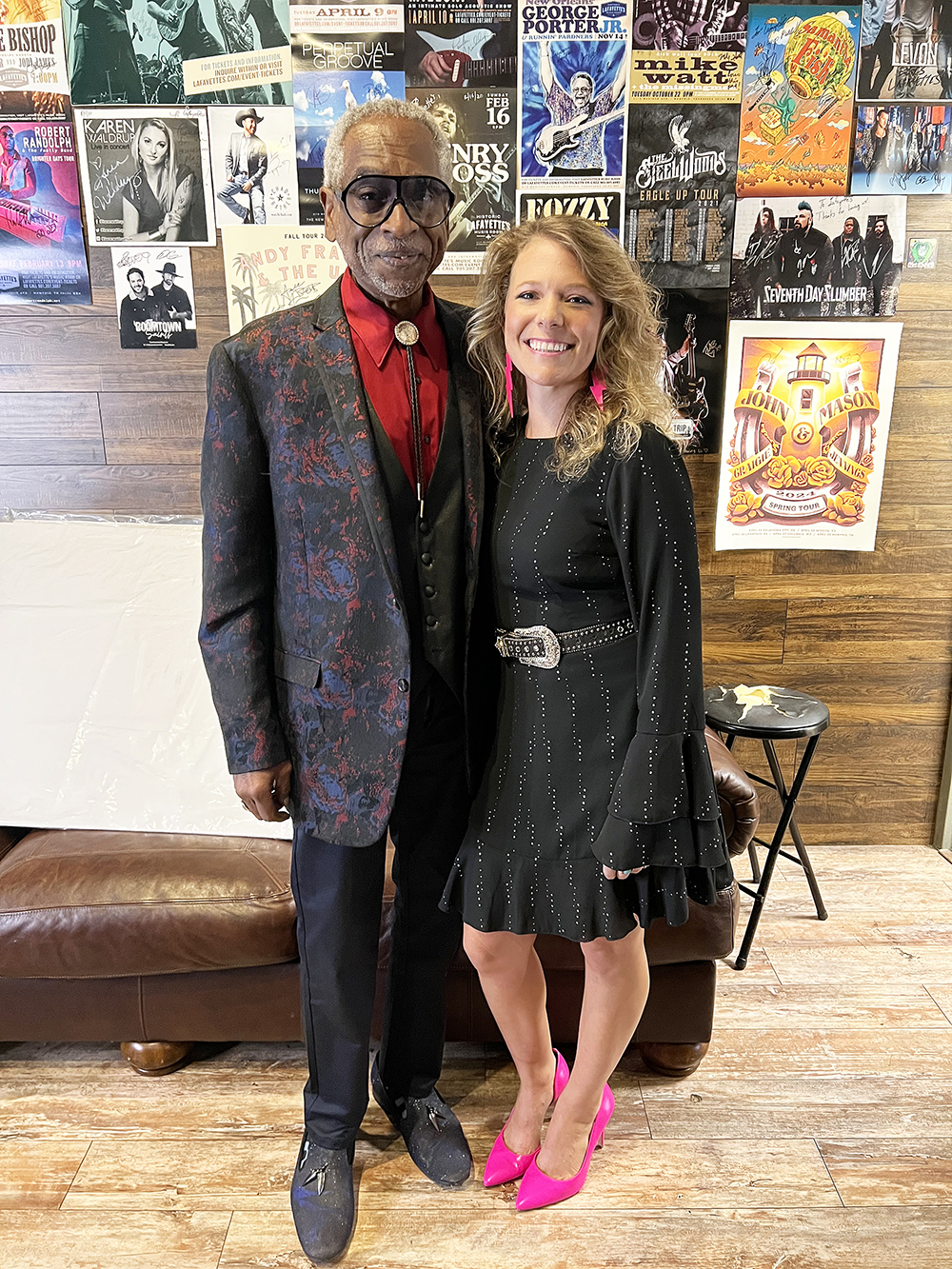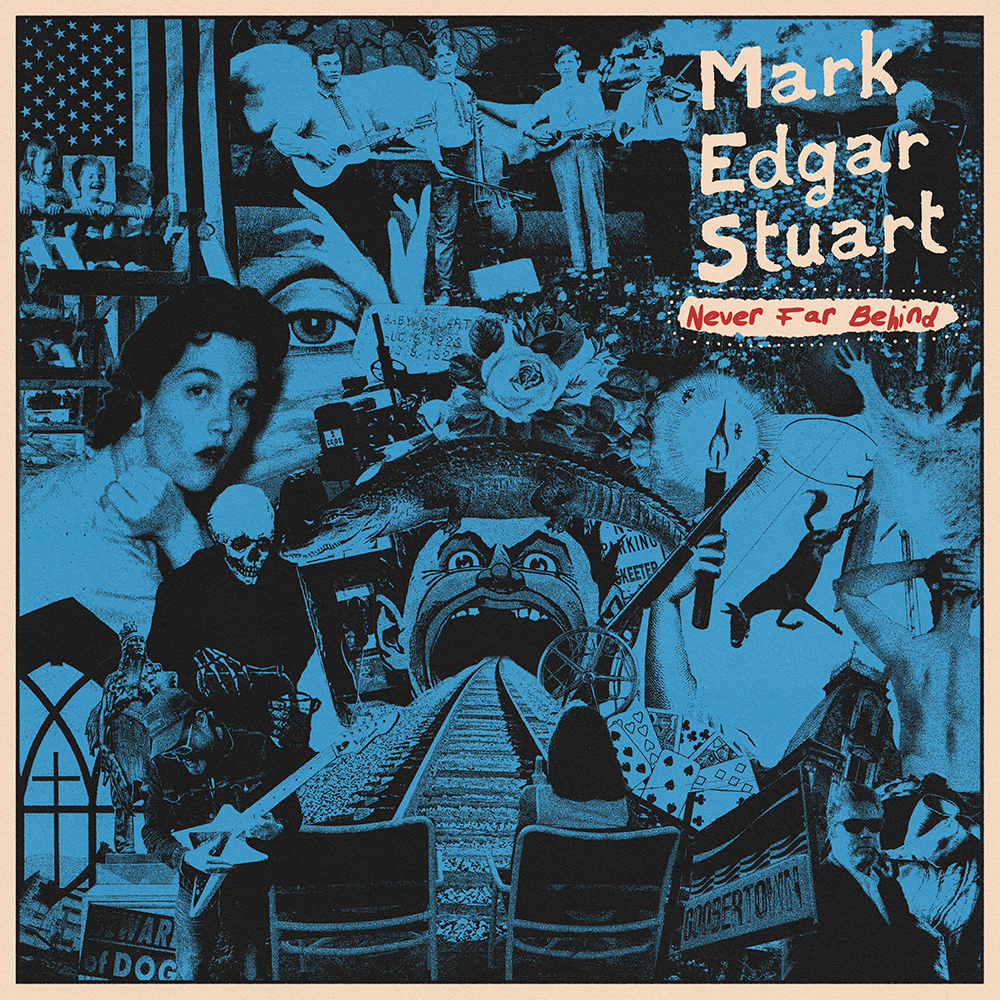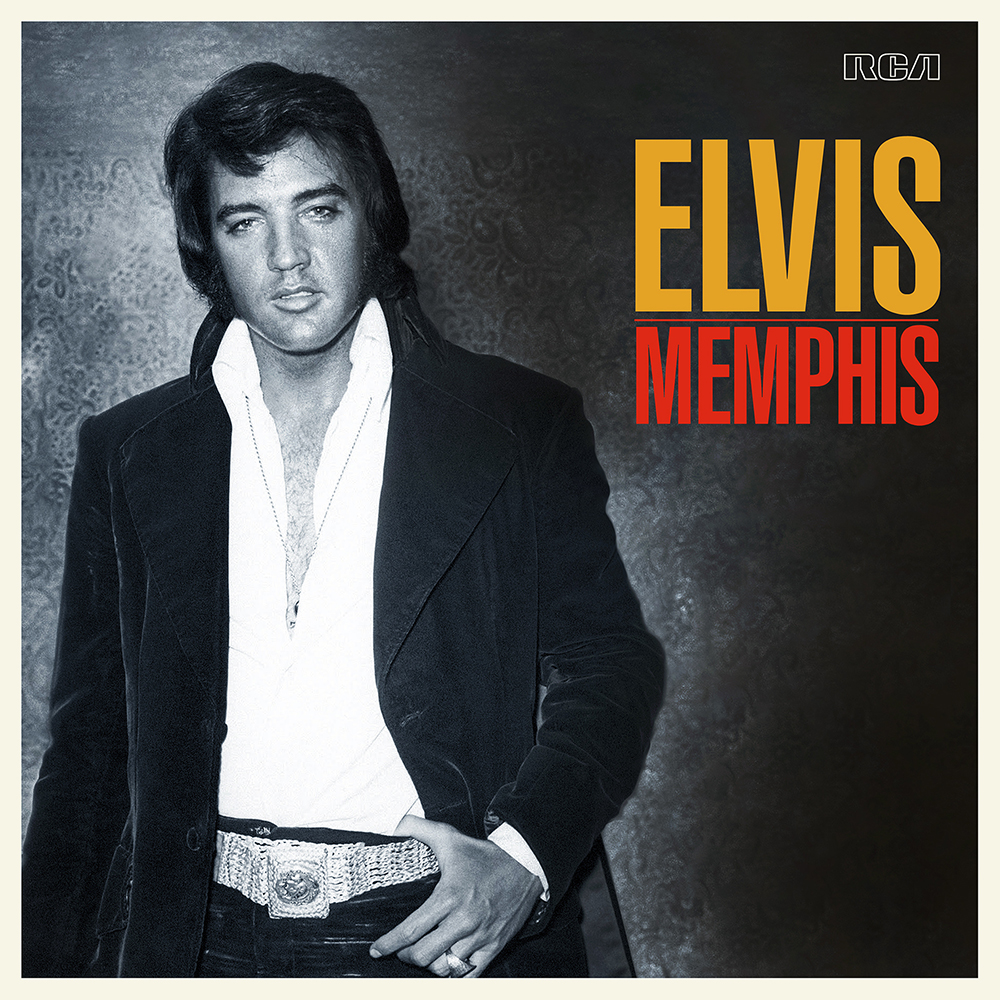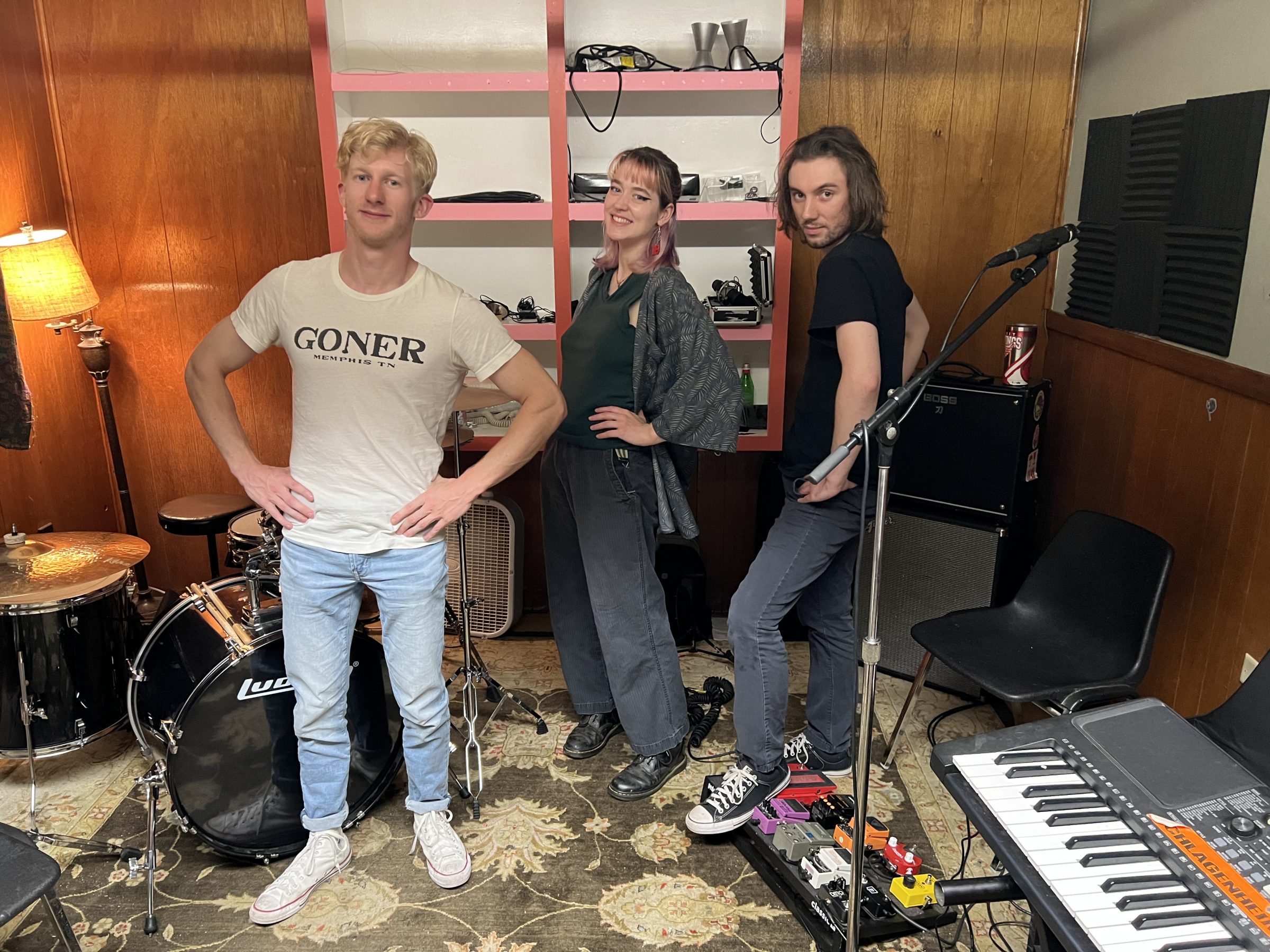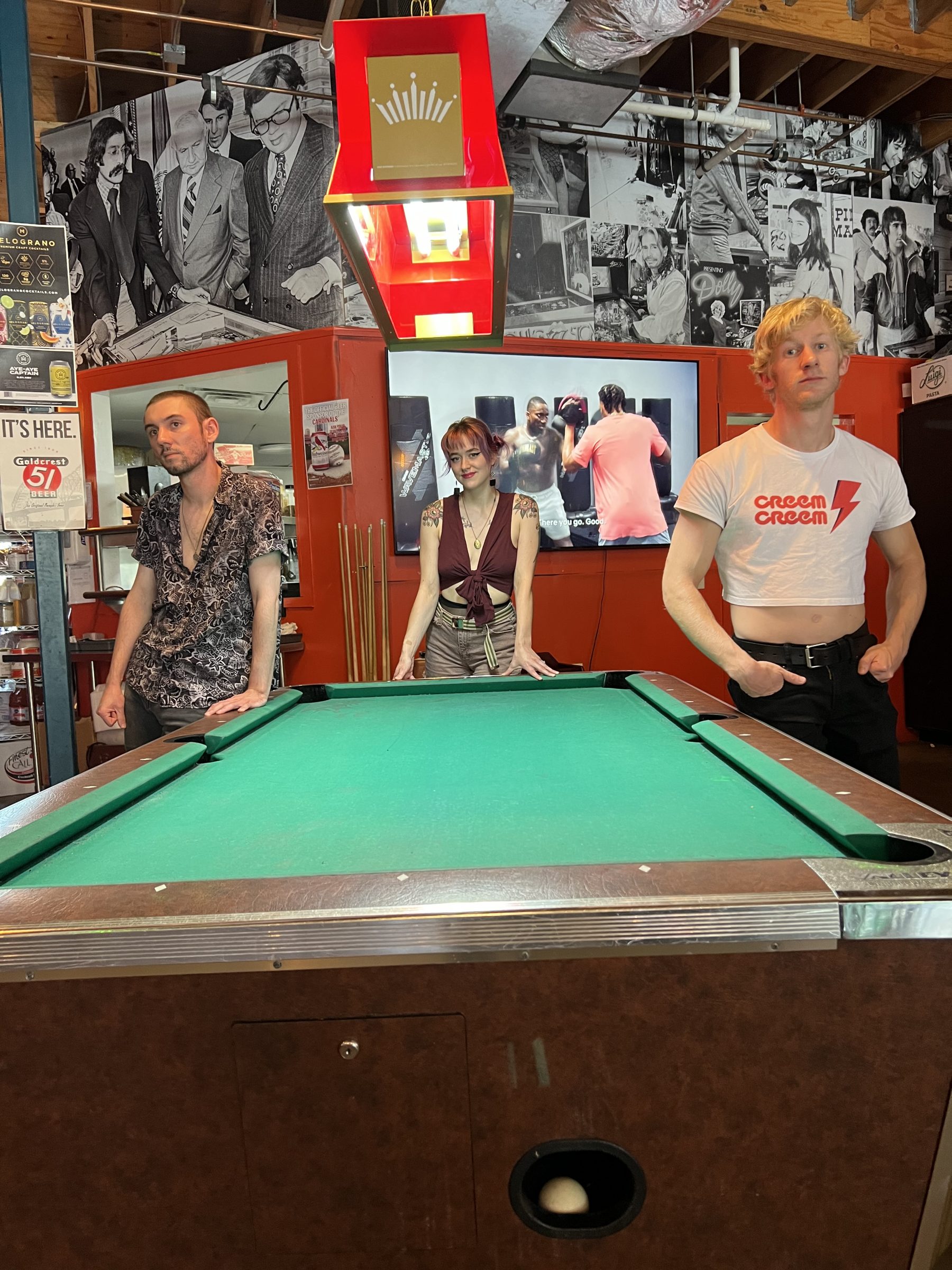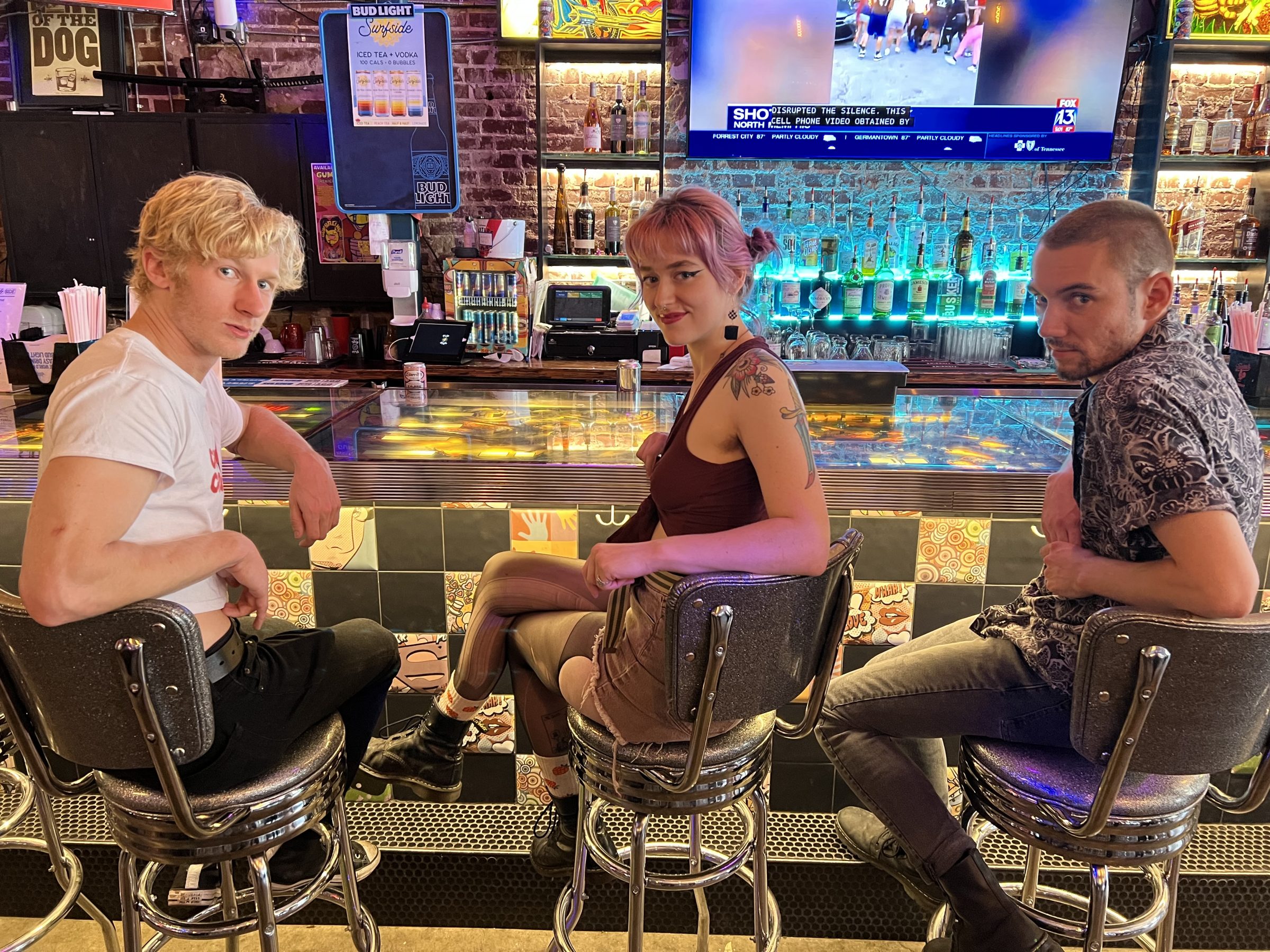It’s a hopeful tale for any aspiring singer-songwriters out there, one that starts as any typical troubadour’s would: “I was doing a lot of shows at the P&H Cafe, and those Flying Saucer songwriter nights.” A couple of decades ago, that was Drew Holcomb’s life, pounding the pavement, chasing gigs, and honing his craft. Soon, this being Memphis, he was rubbing shoulders with like-minded artists. “Cory Branan was incredibly gracious to me,” Holcomb says, “and sort of invited me into his world a little bit and let me open up a bunch of his shows. Then later the Hi Tone was kind of my home for a lot of years.”
As he recruited bands to perform his songs, Holcomb hit it off with one local player in particular. “His name is Nathan Dugger. He was in his senior year at Houston High School when he started playing with me,” Holcomb recalls. “Then he moved to Nashville to go to Belmont and stayed with me on the weekends when he was playing around town.”
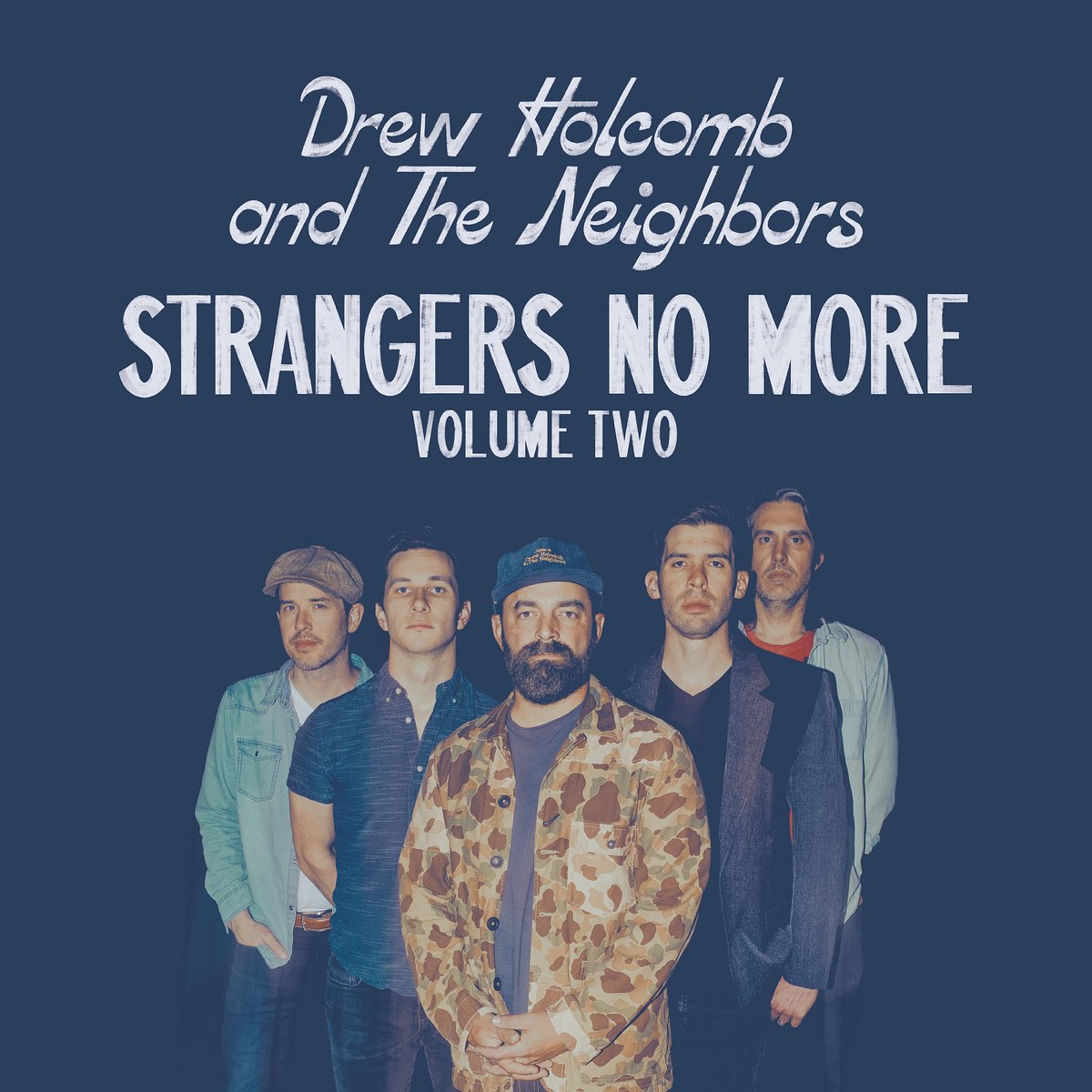
The fact that Dugger is still playing with Holcomb over 20 years later is proof positive that they had stumbled onto some great musical chemistry. So is the musical legacy of Holcomb, Dugger, and Rich Brinsfield, the core of the band that eventually coalesced as Holcomb too made the leap to Nashville.
Holcomb’s mixed feelings about moving to the “Athens of the South” revealed his Bluff City roots. “As a Memphian,” he confesses, “I felt very reluctant to move to Nashville. I felt like I was sort of a traitor, in a way. But I married a Nashville woman, and this was where she wanted to live.” Put another way, in “I Like to Be With Me When I’m With You,” Holcomb sings, “If I could live on the moon, I would rather stay in Tennessee with you.”
“So we were looking for neighborhoods 20 years ago,” he goes on, “and I came to East Nashville. It’s the only neighborhood in Nashville that reminded me of home, you know? It had this sort of loyalty culture, and it was a little gritty. It was, like, hardworking. It had a chip on its shoulder about the rest of the city. And I was like, ‘Yeah, this is my spot. These are my people.’”
As it turned out, the entire band, including Holcomb’s wife Ellie (who’s since gone on to a solo career) wound up in East Nashville, and thus settled on the name Drew Holcomb and the Neighbors. That moniker is especially apt given Holcomb’s songs, which so often address the ties that bind, the friends we lean on, and the embrace of family, conveyed with a soulful, folk-infused pop sensibility. The inclusive message, bolstered by inclusive music, capped off by the disarming frankness of Holcomb’s heartfelt voice, has since resonated with millions, and the band’s trajectory is an object lesson in the rewards of simply honing your craft and staying true to your vision without selling out. That certainly holds true for last year’s Strangers No More and the new Strangers No More, Vol. 2.
“With both of these records,” he says, “if anybody wants to hear a band having fun in the studio, they can listen to these records. We had the time of our lives. We weren’t worried about commercial stuff. We weren’t worried about the radio. We just were like, ‘Hey, we love making music as a band.’
“I’ve got to be myself,” adds Holcomb. “That’s what I learned from the music I loved growing up in Memphis — you know, bands like Lucero, who are just so incredibly original. It was important for me to be my own version of that. But, I mean, I was influenced as much by U2 as I was by Bob Dylan or Bob Seger or Tom Petty, so some of my songwriting has a sort of broad universality to it, like a U2 song, and I’ve grown to embrace that instead of apologizing for it. And I think that that’s part of the Memphis in me, too: being unapologetically myself and not trying to be somebody I’m not.”
Drew Holcomb and the Neighbors perform at the Mempho Music Festival Sunday, October 6th, at 4:30 p.m. on the Bud Light Stage. For details and a full schedule of bands, visit memphofest.com.
